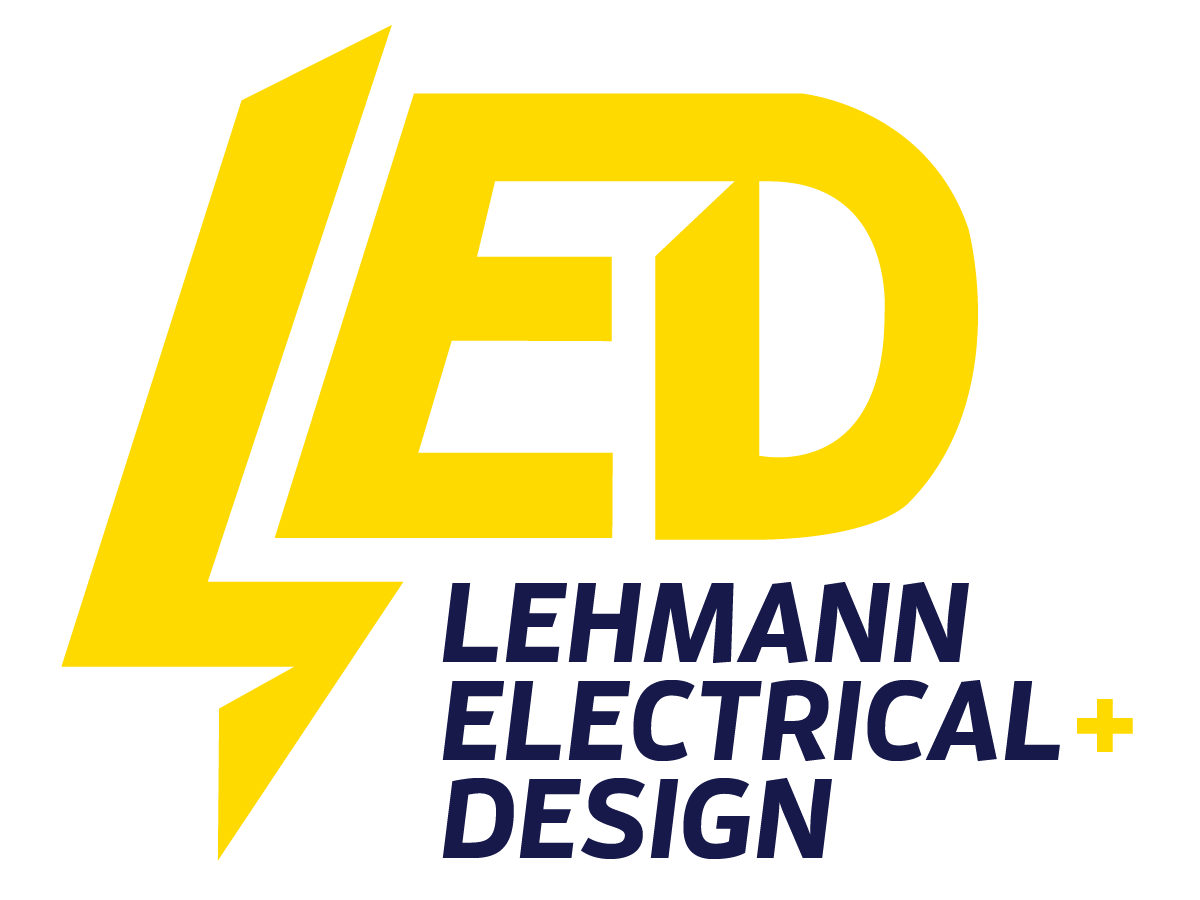Selecting The Perfect Lightbulb
How Do You Choose The Right Light Bulb?
Light bulbs have been a cornerstone of modern living since they were invented over a century ago. While they are ubiquitous in homes and offices, the process of selecting the right kind is more complex than one might assume. It's not merely a matter of brightness; it also encompasses the ambiance you wish to create, the energy you aim to save, and the safety measures you need to consider.
The types of bulbs available have expanded, ranging from the traditional incandescent to the energy-efficient LEDs. Understanding the specifications, like wattage and lumens, allows you to tailor the brightness to your room's needs. Environmental considerations are also important, impacting not only our planet but also your energy bills. Additionally, safety should never be compromised; the correct choice can mitigate risks such as fire hazards. Specialized needs, like those of the outdoor or dimmable variety, add another layer of consideration to your decision-making process.
In summary, choosing the right bulb involves multiple factors, including the type, its specifications, environmental impact, safety, and any unique requirements you may have. This holistic approach ensures that you make a choice that is not only illuminating but also safe, energy-efficient, and suitable for your specific needs.
Types
In the realm of lighting, the choices are vast and can be somewhat perplexing. Incandescent bulbs are the traditional and most commonly used type. These bulbs create a warm, inviting glow by passing electricity through a wire filament. They are the go-to choice for many households because they are inexpensive and readily available. However, they do have their drawbacks. Incandescent use a considerable amount of energy and have a shorter lifespan compared to other types. They are best suited for areas where you desire a cozy atmosphere, such as living rooms and bedrooms.
A more modern choice is Compact Fluorescent Lights, commonly known as CFLs. These function in a unique way; they contain a gas that brightly reacts when exposed to electricity. The primary advantages of CFL bulbs are their energy efficiency and longer lifespan compared to incandescent. However, they can take a bit of time to reach their full brightness and contain a trace amount of mercury, requiring careful disposal. CFLs are a practical option for spaces where the lights remain on for extended periods, like offices or kitchens.
If you're looking for the latest technology, LEDs are the front runners. LEDs operate by moving electrons through a semiconductor, a process that is incredibly energy-efficient. They are also known for their long-lasting performance and instant brightness. While LEDs might be more expensive initially, their long life and low energy consumption make them a cost-effective choice in the long run. Because of their versatility, LEDs bulbs work well in nearly any setting, even outdoors.
Last but not least, halogen offers another alternative. These are a variation of incandescent but are often brighter and slightly more energy-efficient. They function by running electricity through a halogen gas-filled chamber. Halogen bulbs are known for their bright, white light, making them ideal for task-oriented spaces like kitchens or work areas. However, they can get quite hot and don't last as long as CFLs or LEDs.
So, when choosing, it's essential to consider various factors such as energy consumption, longevity, and the kind of ambiance you want to create. Each type comes with its own set of advantages and disadvantages, making it crucial to weigh your options carefully.
Exposure to light from bulbs, especially blue light, can affect sleep patterns.
Understanding The Specifications
As you navigate the world of light bulbs, you'll come across several terms that might seem puzzling at first. Words like 'wattage,' 'lumens,' and 'color temperature' are crucial in making an informed decision. So, let's demystify these terms to help you pick the perfect bulb for your needs.
Firstly, wattage is a term you'll often see. In simple terms, it measures the amount of electricity a bulb uses. While it might be tempting to go for higher wattage thinking it will make your room brighter, that's not always the case. Wattage mainly tells you how much energy the bulb will consume. Therefore, if you're looking to save on your electricity bill, it's wise to opt for ones with lower wattage that still offer sufficient brightness, such as LEDs.
Speaking of brightness, that brings us to 'lumens.' Lumens measure the amount of light emitted. Unlike wattage, the higher the lumens, the brighter the light. When shopping for bulbs, consider the function of the room you're lighting. A reading area might require higher lumens for better visibility, while a cozy living room might benefit from lower lumens, providing a softer light.
Another factor you'll encounter is color temperature, often indicated on the packaging in terms of the Kelvin scale. Lower Kelvin numbers like 2,700K will give you a warm, yellowish tone. Higher Kelvin numbers, say around 5,000K, produce a cooler, blueish tint.. The choice between warm and cool depends on the mood you'd like to set. Warm creates a cozy, relaxed environment, ideal for bedrooms or living rooms. Cool, on the other hand, is energizing and better suited for places like the kitchen or a home office.
Last but not least, consider lifespan. Many packages will tell you about the expected life in hours. This is valuable information as it allows you to weigh the long-term cost benefits. While some like LEDs may be more expensive upfront, their long lifespan and energy efficiency often make them a more economical choice in the long run.
Understanding these specifications—wattage, lumens, color temperature, and lifespan—will empower you to make an educated choice. Each room might have different needs, and understanding these terms will help you match those needs perfectly.
Environmental Considerations
As we become increasingly conscious of our impact on the planet, environmental considerations are playing a more significant role in our decision-making processes, even when it comes to something as simple as choosing a light bulb. The type you select can have both immediate and long-term effects on energy consumption and environmental sustainability.
One of the foremost environmental considerations is energy efficiency. LEDs are leading the way in this regard. Their low energy consumption not only reduces your electricity bill but also minimizes your carbon footprint. When you consider the fact that lighting accounts for a notable portion of household energy use, it's easy to see why making an energy-efficient choice is beneficial for both you and the environment.
CFL bulbs also offer greater energy efficiency compared to incandescent bulbs but come with a caveat: they contain a small amount of mercury. Because of this, they require special handling for disposal to avoid contaminating landfills and water sources. However, the energy they save while in use somewhat balances out this environmental downside, making them a reasonable choice for those looking to reduce energy usage.
Incandescent and halogen, although less energy-efficient, can still have a place in a sustainable home if used thoughtfully. For instance, they can be suitable for areas where the light is seldom turned on, thereby mitigating their higher energy consumption. However, the rapid technological advancements in the industry are gradually making these options less appealing from an environmental standpoint.
Recycling is another aspect worth mentioning. Many municipalities offer recycling programs for CFL and LED bulbs. Participating in such programs ensures that materials like glass, metals, and plastics are reclaimed and reused, reducing waste and further lowering the environmental impact.
Being mindful of environmental factors can lead to energy savings and contribute to a more sustainable future. Whether it's the energy efficiency of LEDs, the recycling possibilities of CFLs, or the limited but thoughtful use of incandescent or halogen bulbs, every choice matters in the larger context of environmental responsibility.
Most parts of a light bulb can be recycled, including glass, metal, and even the filament.
Safety Considerations
When illuminating your home or workspace, safety should never take a back seat. Overlooking safety can lead to unexpected problems ranging from minor inconveniences to significant hazards. Therefore, understanding the safety elements of different bulbs is an indispensable part of the selection process.
Heat emission is one of the foremost safety aspects to consider. Traditional incandescent and halogen can get extremely hot, posing a fire risk if they come in contact with flammable materials. This is especially important to remember in settings with a lot of fabric, such as bedrooms or living rooms with curtains and upholstery. If you prefer the quality of incandescent or halogen bulbs, consider installing them in fixtures that are well-ventilated and far removed from any material that could catch fire.
On the other hand, LEDs are cooler to the touch because they are highly energy-efficient, converting most of the electricity they consume into light instead of heat. This makes them a safer option for most indoor and even outdoor settings. CFL variations are also less likely to get as hot as incandescent but should still be handled with care, especially because they contain a small amount of mercury.
Electrical safety is another vital consideration. Ensure that the wattage of the chosen bulb is compatible with the fixture where it will be installed. Plugging a high-wattage bulb into a low-wattage fixture can result in electrical overload, creating a fire hazard. Always adhere to the manufacturer's guidelines when selecting a bulb for a particular fixture.
If you have specialized environments such as bathrooms, outdoor spaces, or areas with lots of moisture, you'll need to select one specifically designed for those conditions. Look for bulbs that are rated for wet or damp conditions to ensure they can handle the environmental factors without posing a safety risk.
Budget Considerations
One of the most practical factors that many people consider when selecting is cost. While it's tempting to opt for the least expensive one on the shelf, it's crucial to look beyond the initial price tag. The real expense doesn't end at the cash register; it extends through the lifespan of the bulb and is reflected in your electricity bill.
Incandescent, often cheaper upfront, may seem like an attractive option for those looking to save immediately. However, these consume more electricity and have a shorter lifespan, leading to frequent replacements. Therefore, they may not be as cost-effective in the long run.
CFLs offer a middle ground. They are more expensive initially compared to incandescent bulbs but save you money over time due to their energy efficiency and longer lifespan. However, as previously mentioned, they do have a trace amount of mercury, requiring careful disposal which may incur additional costs.
LEDs, while often the most expensive upfront, offer substantial long-term savings. Their energy efficiency means a lower electricity bill, and their long lifespan minimizes the frequency of replacements. Over time, the initial investment pays off, making them a cost-effective option for those who are budget-conscious but also looking for long-term value.
It's also essential to consider any special features you may need, such as dimmable or those compatible with smart home systems. These features often come at a premium but can offer additional conveniences that may justify the extra expense.
By considering all these factors in a holistic manner, you can select a bulb that best fits your needs—illuminating your spaces effectively, safely, and sustainably, while also aligning with your budget.
When it comes to making the right choices for your home or workspace, expertise matters. At Lehmann Electrical & Design, we bring years of experience and specialized knowledge to guide you through the myriad options available in today's market. Whether you are looking for energy efficiency, particular effects, or safety features, our team is here to help you make the best choices.
All Rights Reserved | Lehmann Electrical + Design


